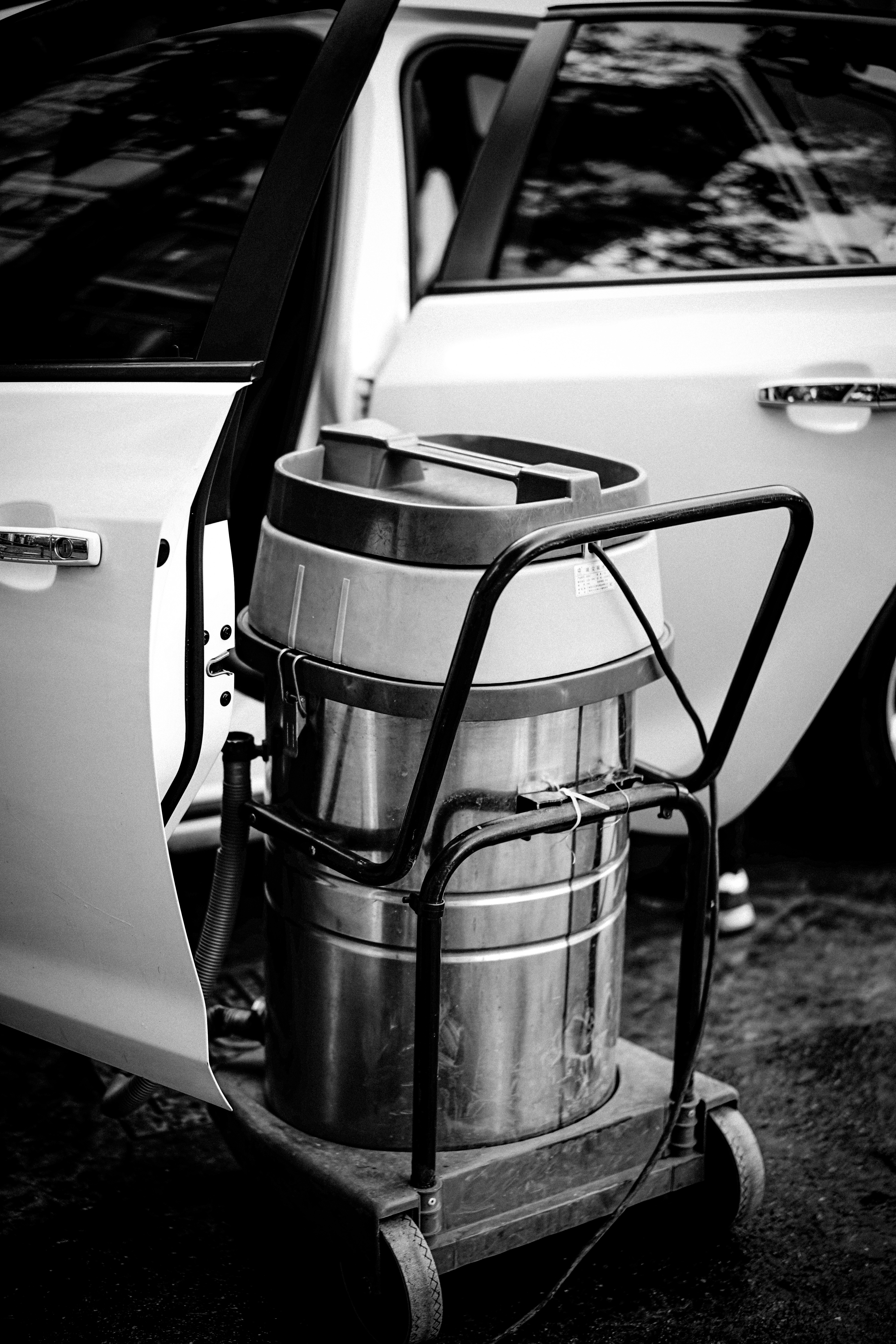How to use vacuum mixer
Are you tired of mixing ingredients by hand and getting inconsistent results? Look no further than a vacuum mixer! This powerful tool not only ensures thorough mixing, but also removes air bubbles for a smoother finish. In this blog post, we’ll dive into what a vacuum mixer is, how it works, the advantages and disadvantages of using one, and most importantly – how to use it like a pro. Get ready to take your mixing game to the next level with our comprehensive guide on all things vacuum mixers!
What is a vacuum mixer?
A vacuum mixer is a powerful tool used in the food, pharmaceutical and cosmetic industries for mixing ingredients together. It’s designed to work under low-pressure conditions that remove air bubbles from the mixture, creating vacuum mixer a homogeneous blend.
The vacuum feature of this machine works by reducing the pressure inside the mixing chamber, allowing air bubbles to escape from the product. This results in products with increased density and improved texture.
Vacuum mixers come in different sizes, ranging from small countertop models perfect for home use to large industrial-grade machines used in factories. They are made using high-quality materials such as stainless steel or aluminum alloy that can withstand high-pressure conditions while ensuring durability and longevity.
In addition to its primary function of mixing products thoroughly while eliminating air bubbles, vacuum mixers also offer flexibility when it comes to adding additional components or adjusting ingredient ratios during production. With these features combined, vacuum mixers have become an indispensable tool for many businesses looking to improve their manufacturing processes.
How does it work?

A vacuum mixer is a versatile piece of equipment used in various industries like food, pharmaceuticals, and cosmetics. It allows for efficient mixing and homogenization of different substances using the principle of pressure reduction or “vacuum.”
The machine consists of a vessel with an agitator blade that rotates at high speed to blend the ingredients together. The vessel is designed to be completely sealed so that air can be removed from inside it through a vacuum pump.
When set in motion, the agitator generates centrifugal and shear forces that cause particles to move towards each other, creating an intimate mixture without introducing any additional air into the system. This process ensures minimal oxidation or degradation during mixing and prevents contamination by reducing exposure to microbes.
The resulting product has higher quality than those mixed under atmospheric conditions. Moreover, vacuum mixers allow for precise control over temperature and pressure levels which makes them ideal for sensitive materials that require controlled processing environments.
Understanding how a vacuum mixer works can help you optimize your processes better while achieving superior product quality!
Advantages of using a vacuum mixer
Using a vacuum mixer offers several advantages that make it an essential tool for professionals in various industries. One of the main benefits of using this equipment is that it helps to ensure consistency and accuracy in mixing. By removing air from the mixture, a vacuum mixer can prevent bubbles and other defects, resulting in a more homogeneous product.
Another advantage of using a vacuum mixer is its ability to improve the shelf life of products. The removal of air during the mixing process reduces oxidation, which slows down spoilage and extends product lifespan. This feature makes vacuum mixers ideal for producing food items such as sauces, dressings, and marinades.
Vacuum mixers can also increase productivity by reducing processing time. The combination of reduced oxygen levels and increased agitation due to vacuum pressure results in faster reactions between ingredients, leading to shorter production cycles.
Additionally, using a vacuum mixer minimizes waste by ensuring that all ingredients are thoroughly mixed together. This eliminates any need for additional mixing or blending after initial processing.
Utilizing a vacuum mixer provides numerous benefits that help improve efficiency while maintaining high-quality standards for various applications across multiple industries including food manufacturing, pharmaceuticals production among others.
Disadvantages of using a vacuum mixer
While vacuum mixers offer numerous benefits, they also come with a few downsides. One of the challenges of using a vacuum mixer is that it can be quite expensive compared to other mixing technologies.
Another disadvantage is that the process of setting up and operating a vacuum mixer requires specialized knowledge and training. This means that operators need to undergo thorough training to ensure they are familiar with all safety procedures, maintenance requirements, and operational protocols.
In addition, vacuum mixers tend to have limited capacities compared to other types of mixers. This makes them less suitable for large-scale production processes or applications requiring high-volume throughput.
Vacuum mixers also require more energy than conventional mixing methods due to their complex design and operation. This can result in higher electricity bills which may not be ideal for small businesses or startups looking to keep costs low.
While vacuum mixing helps avoid air bubbles in products such as adhesives or resins when exposed to atmospheric pressure, there’s still Vacuum mixer manufacturer some risk involved if the product gets mixed beyond its capacity limit causing unwanted reactions that could pose danger both on the machine’s users and surrounding environment.
Despite these disadvantages, many industries continue using vacuum mixers because they offer superior performance and quality control advantages over traditional mixing methods.
How to use a vacuum mixer
Using a vacuum mixer may seem intimidating at first, but with the right guidance and knowledge, it can be an easy and efficient process. Here are some steps to follow when using a vacuum mixer:
1. Prepare your ingredients: Before starting, make sure you have all the necessary ingredients measured out and ready to go.
2. Assemble the mixer: Follow the instructions provided by the manufacturer to assemble your vacuum mixer correctly.
3. Turn on the machine: Once assembled, turn on the machine and allow it to reach its desired speed.
4. Add ingredients gradually: Gradually add in your dry or wet ingredients as per requirement while keeping an eye on consistency.
5. Seal container under vacuum: Once everything is added perfectly, seal off your mixing container from air exposure by turning ‘vacuum’ mode ON (usually there’s a button for that).
6. Mix thoroughly under pressure: After sealing everything properly with air extraction system turned ‘ON,’ start mixing until you get preferred consistency of mixture.
By following these simple steps carefully every time you use a vacuum mixer, you will surely achieve perfect results effortlessly!
Conclusion

To sum it up, a vacuum mixer is an important tool in various industries such as food processing, pharmaceuticals, and cosmetics. It works by removing air from the mixing chamber to prevent oxidation and contamination of the mixture. The advantages include improved product quality, longer shelf life, better texture and flavor, and reduced production time.
However, there are also some disadvantages to consider such as high cost of equipment and maintenance. It also requires specialized training for proper handling and operation.
When using a vacuum mixer, make sure to follow safety guidelines and manufacturer’s instructions for optimal results. Always clean and maintain the equipment regularly to ensure its longevity.
A vacuum mixer is a valuable investment for any industry that requires precision mixing with minimal contamination risk. Understanding how it works can help you maximize its benefits while minimizing potential drawbacks in your business operations.
